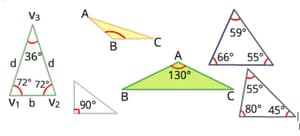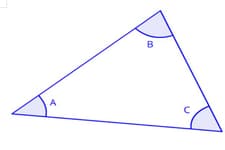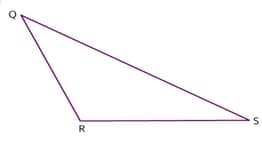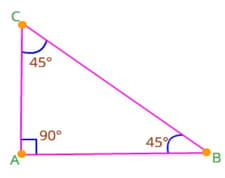In a triangle PQR, $\angle$P = ,$\angle$Q = and$\angle$R = .
Determine the type of triangle based on the angles.
Important Questions on Understanding Elementary Shapes
Classify the following triangle as scalene, isosceles, or equilateral.
Identify the obtuse angled triangle from the given options.
Name the types of following triangles:
Triangle with lengths of sides and
Classify the triangle with the following measures of sides as scalene, isosceles, or equilateral.
Find the number of acute angled triangles in the above set of triangles.
Classify the triangle with the following measures of sides as scalene, isosceles, or equilateral.
In the triangle ABC $\angle$A = , $\angle$B = , and $\angle$C = .
Therefore, ∆ABC is a/an
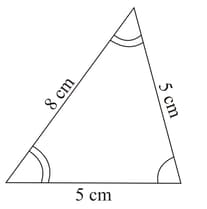
What kind of triangle is QRS?
| Measures of Triangle | Type of Triangle |
|---|---|
| (i) sides of equal length | (A) Scalene |
| (ii) sides of equal length | (B) Isosceles right-angled |
| (iii) All sides are of different length | (C) Obtuse angled |
| (iv) acute angles | (D) Right-angled |
| (v) right angle | (E) Equilateral |
| (vi) obtuse angle | (F) Acute angled |
| (vii) right angle with two sides of equal length | (G) Isosceles |
In the figure below, , find the value of .
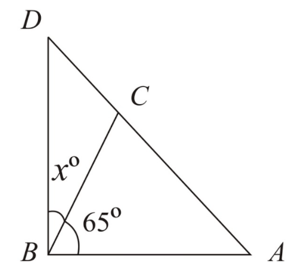
Is ∆ABC an acute angled triangle?
Classify the following as an acute triangle, obtuse triangle, or right triangle.
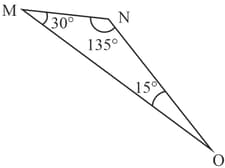
Choose the correct option:
Try to construct triangles using match sticks. Some are shown here. Can you make a triangle with
matchsticks?
(Remember you have to use all the available matchsticks in each case)
Name the type of triangle in each case.
If you cannot make a triangle, think of reasons for it.
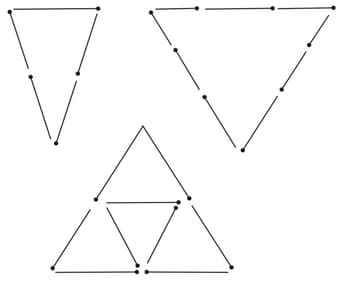
In a ∆XYZ, $\angle$X = , $\angle$Y = and $\angle$Z = .
What kind of a triangle is ∆XYZ?



